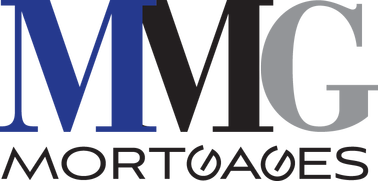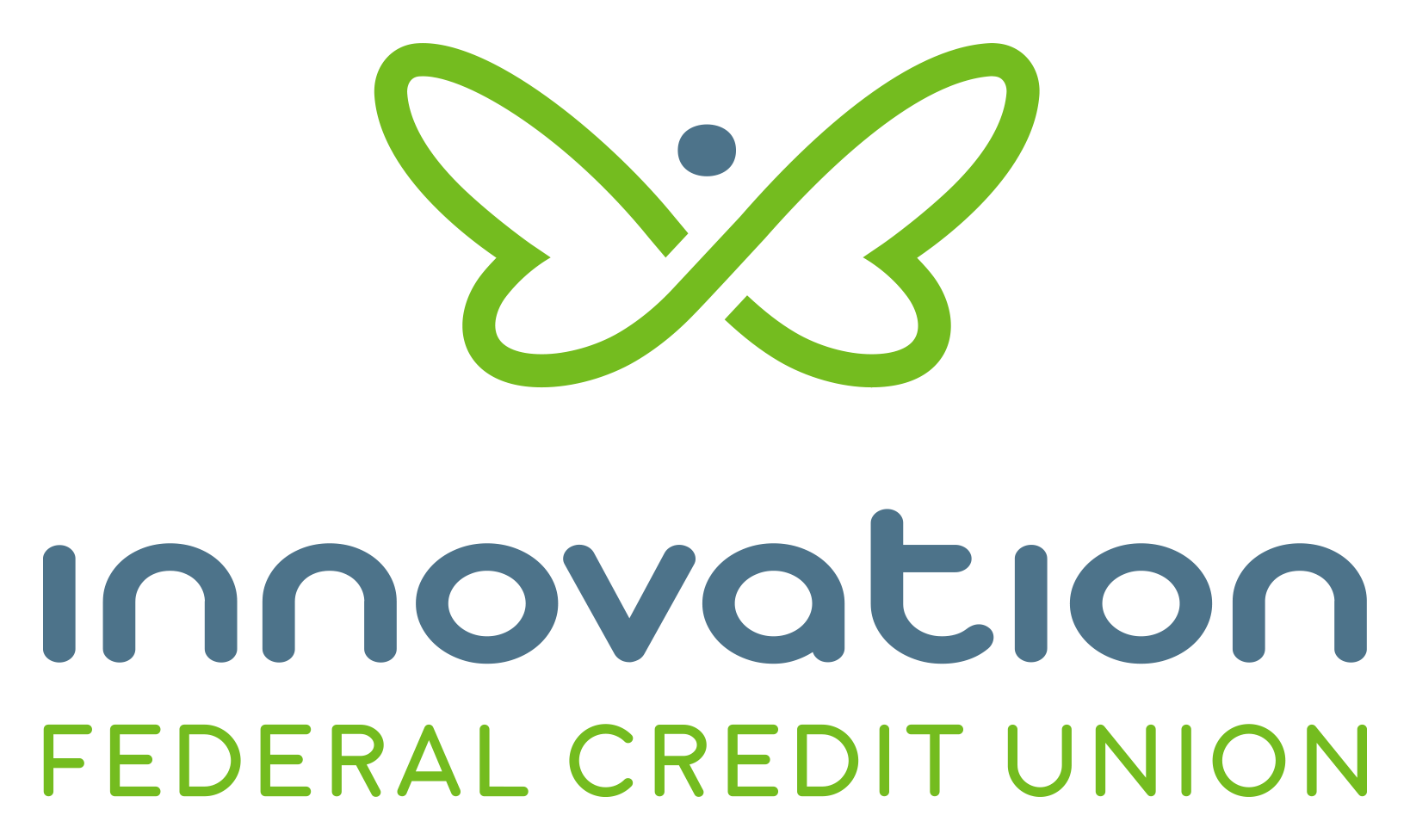Compare Mortgage Rates in Newfoundland & Labrador
Here you'll find the best mortgage rates in Newfoundland & Labrador from major banks, credit unions and brokers.
Today's Best Mortgage Rates in Newfoundland & Labrador
Evaluate Newfoundland & Labrador’s best mortgage rates in one place. You can compare the most current mortgage rates and monthly payments from 175+ banks and lenders across Newfoundland & Labrador.
Rates are based on an average mortgage of $500,000 and subject to change based on filter criteria.
| Lender
|
Insured
|
Insurable
|
Uninsured
|
|---|---|---|---|
|
MMG Mortgages
|
3.99%
$2,627.39 / month
|
4.19%
$2,681.85 / month
|
4.14%
$2,668.19 / month
|
|
Mortio Financial Corp
|
3.99%
$2,627.39 / month
|
4.24%
$2,695.56 / month
|
4.14%
$2,668.19 / month
|
|
Northwood Mortgage Ltd.
|
4.14%
$2,668.19 / month
|
4.24%
$2,695.56 / month
|
4.24%
$2,695.56 / month
|
|
Innovation Federal Credit Union
|
4.39%
$2,736.87 / month
|
4.39%
$2,736.87 / month
|
4.39%
$2,736.87 / month
|
|
True North Mortgage
|
2.99%
$2,363.66 / month
|
2.99%
$2,363.66 / month
|
2.99%
$2,363.66 / month
|
|
The Mortgage Advisors
|
3.87%
$2,594.98 / month
|
3.87%
$2,594.98 / month
|
3.87%
$2,594.98 / month
|
|
Nesto
|
3.91%
$2,605.76 / month
|
3.91%
$2,605.76 / month
|
3.91%
$2,605.76 / month
|
|
Hypotheca
|
3.94%
$2,613.86 / month
|
3.94%
$2,613.86 / month
|
3.94%
$2,613.86 / month
|
|
MortgagestoGo
|
3.94%
$2,613.86 / month
|
3.94%
$2,613.86 / month
|
3.94%
$2,613.86 / month
|
|
One Link Mortgage & Financial
|
3.95%
$2,616.57 / month
|
3.95%
$2,616.57 / month
|
3.95%
$2,616.57 / month
|
|
Mainstreet Credit Union
|
3.99%
$2,627.39 / month
|
3.99%
$2,627.39 / month
|
3.99%
$2,627.39 / month
|
|
The Police Credit Union
|
3.99%
$2,627.39 / month
|
3.99%
$2,627.39 / month
|
3.99%
$2,627.39 / month
|
|
Monster Mortgage
|
3.99%
$2,627.39 / month
|
3.99%
$2,627.39 / month
|
3.99%
$2,627.39 / month
|
|
Northern Birch Credit Union
|
3.99%
$2,627.39 / month
|
3.99%
$2,627.39 / month
|
3.99%
$2,627.39 / month
|
|
City Wide Financial Corp
|
3.99%
$2,627.39 / month
|
3.99%
$2,627.39 / month
|
3.99%
$2,627.39 / month
|
|
Sudbury Credit Union
|
3.99%
$2,627.39 / month
|
3.99%
$2,627.39 / month
|
3.99%
$2,627.39 / month
|
|
East Coast Mortgage Brokers
|
4%
$2,630.10 / month
|
4%
$2,630.10 / month
|
4%
$2,630.10 / month
|
|
Mortgage Brokers City Inc
|
4.04%
$2,640.95 / month
|
4.04%
$2,640.95 / month
|
4.04%
$2,640.95 / month
|
|
Prospera Credit Union
|
4.04%
$2,640.95 / month
|
4.04%
$2,640.95 / month
|
4.04%
$2,640.95 / month
|
|
First Credit Union
|
4.29%
$2,709.29 / month
|
4.29%
$2,709.29 / month
|
4.29%
$2,709.29 / month
|
|
First National Financial
|
4.34%
$2,723.07 / month
|
4.34%
$2,723.07 / month
|
4.34%
$2,723.07 / month
|
Today's Best Mortgage Rates in Newfoundland & Labrador
Evaluate all of Newfoundland's best mortgage rates in one place. RATESDOTCAs Rate Matrix lets you compare pricing for all key mortgage types and terms.
Rates are based on an average mortgage of $500,000 and subject to change based on filter criteria.
Updated 18:39 on Jul 14, 2025| Placeholder |
Insured
The rates in this column apply to borrowers who have purchased mortgage default insurance.
This is required when you purchase a home with less than a 20% down payment.
The home must be owner-occupied and the amortization must be 25 years or less.
|
80% LTV
The rates in this column apply to mortgage amounts between 65.01% and 80% of the property value. The home must be owner-occupied and have an amortization of 25 years or less. You must have purchased it for less than $1 million. These rates are not available on refinances. Refinances require "Uninsured" rates.
|
65% LTV
The rates in this column apply to mortgage amounts that are 65% of the property value or less. The home must be owner-occupied and have an amortization of 25 years or less. You must have purchased it for less than $1 million. These rates are not available on refinances. Refinances require "Uninsured" rates.
|
Uninsured
The rates in this column apply to purchases over $1 million, refinances and amortizations over 25 years. More info on the differences between insured and uninsured rates.
|
Bank Rate
Bank Rate is the mortgage interest rate posted by the big banks in Canada.
|
|---|---|---|---|---|---|
| 1-year fixed rate | 5.09% | 5.29% | 5.29% | 5.59% |
5.49%
|
| 2-years fixed rate | 4.49% | 4.69% | 4.54% | 4.54% |
4.79%
|
| 3-years fixed rate | 4.14% | 4.09% | 4.09% | 4.24% |
4.29%
|
| 4-years fixed rate | 4.34% | 4.34% | 4.34% | 4.44% |
4.39%
|
| 5-years fixed rate | 3.91% | 3.91% | 4.09% | 3.91% |
4.09%
|
| 7-years fixed rate | 5.19% | 4.99% | 4.99% | 5.19% |
5.00%
|
| 10-years fixed rate | 5.29% | 5.29% | 5.29% | 5.29% |
6.09%
|
| 3-years variable rate | 4.40% | 4.30% | 4.30% | 4.40% |
6.35%
|
| 5-years variable rate | 4.00% | 4.05% | 4.30% | 4.05% |
4.25%
|
| HELOC rate | N/A | N/A | N/A | N/A |
N/A
|
| Stress Test | 5.25% | 5.25% | 5.25% | 5.25% |
N/A
|
Today's Headline
How much does your credit score affect your mortgage rate?
A higher score tells your bank that your risk as a borrower is low, which usually prompts them to offer a better rate for your mortgage.
Read moreJul.02.2025
On this page:
- Lowest mortgage rates in Newfoundland and Labrador
- Compare Mortgage Rates in Newfoundland and Labrador
- Newfoundland and Labrador housing market
- Best mortgage lenders in Newfoundland and Labrador
- Top Newfoundland and Labrador mortgage brokers
- Top credit unions in Newfoundland and Labrador
- Mortgage rate trends in Newfoundland and Labrador
- Typical Newfoundland and Labrador mortgage amounts
- Newfoundland and Labrador stats
- Mortgage regulators and association in Newfoundland and Labrador
Lowest mortgage rates in Newfoundland and Labrador
Mortgage rates in Newfoundland and Labrador tend to be somewhat higher compared to other more populous provinces. That’s due, in large part, to the province’s small population and more limited rate competition.
The province has a comparatively smaller median household income, a higher unemployment rate and lower average house prices compared to many other markets. That results in incrementally more mortgage risk, as well as less competition from brokers and lenders, including those outside of the province.
Some suggest that smaller average mortgage amounts, as well as lower education levels (percentage with post-secondary educations), make Newfoundlanders and Labradorians slightly less rate sensitive compared to shoppers in other provinces. But this is a vast generalization and one that does not accurately reflect our readership.
If you’re currently comparing Newfoundland and Labrador mortgage rates on RATESDOTCA, you know the importance of doing your research. It’s one sure way to obtain the best mortgage rate possible and prove the above generalization false.
Compare Mortgage Rates in Newfoundland and Labrador
As noted above, it’s imperative for mortgage shoppers to first take the time to compare the various options available to them.
The spread between Newfoundland and Labrador’s best and worst mortgage rates can be over a full percentage point for the very same term. If you unknowingly accept a lender’s first rate offer, which can often fall on the high side of that spread, you could end up paying thousands of dollars more than necessary, versus had you explored the alternatives.
RATESDOTCA helps you compare the best Newfoundland and Labrador mortgage rates from the most reputable mortgage providers in the province. We show rates from all prime lenders that publicly advertise their products, as well as the top brokers in the province.
Pro Tip: Generally speaking, the best mortgage rate deals (i.e., biggest mortgage discounts) are available during the busy spring homebuying season. But there are exceptions.

Newfoundland and Labrador housing market
The housing market in Newfoundland and Labrador has lagged other markets in Canada, particularly in recent years as the economy has been impacted by falling oil prices.
But in 2020, despite headwinds brought on by the COVID-19 pandemic, home sales in the province rose 14.7% year-over-year posting their second-best year in history, second only to 2008 by less than 30 sales. The provinces MLS Home Price Index was up 6.3% in December 2020 to $282,600, according to the Newfoundland and Labrador Association of REALTORS.
The dollar value of all home sales in the month rose 70.1% compared to the same period a year earlier, reaching a new record for December, the association added.
Best mortgage lenders in Newfoundland and Labrador
The Big 6 banks are the dominant mortgage lenders in Newfoundland and Labrador, along with several big credit unions like Newfoundland and Labrador Credit Union. The province’s lenders are concentrated in St. John’s.
The best mortgage lender in Newfoundland can change on a monthly basis depending on rate promos. Check RATESDOTCA for up-to-date rate data as well as a quick comparison of each product’s features.
Top Newfoundland and Labrador mortgage brokers
Mortgage broker options are more limited in Newfoundland and Labrador compared to other more populous provinces. Not all of the larger independent brokers that operate elsewhere in the country are licensed here.
Notable exceptions include intelliMortgage Inc. (a sister company of this website) and True North Mortgage, both of which routinely offer some of the lowest broker rates in Canada.
Homebuyers in the province do, however, have access to most of the larger brokerage houses that operate in the country, including: Dominion Lending Centres, TMG the Mortgage Group and M3 Mortgage Group, which consists of Mortgage Alliance, Mortgage Intelligence, Verico and Invis.
One thing that’s interesting is that mortgage brokers in the province do not have to engage in the same rigorous educational requirements (including ongoing continuing education), as do brokers in Ontario, B.C., etc. The province doesn’t require it for licensing, as in other provinces.
Top credit unions in Newfoundland and Labrador
Like many provinces in Canada, borrowers in Newfoundland and Labrador are well-served by a strong presence of local credit unions. They have a long and proud history in the province and have been operating there since 1934.
The top Newfoundland and Labrador credit unions include:
- Newfoundland and Labrador Credit Union (NLCU)
- Public Service Credit Union
- Leading Edge Credit Union
- Eagle River Credit Union
- Reddy Kilowatt Credit Union
Despite being a lesser-known mortgage option to a large percentage of potential homebuyers, credit unions should not be dismissed as a potential mortgage option. Many turn to credit unions when they can’t qualify for a mortgage due to federal mortgage regulations—such as the mortgage stress test—that apply to all federally regulated financial institutions (credit unions fall under provincial jurisdiction). But credit unions attract all types of mortgage clients, particularly when they offer competitive rates, although these are typically limited-time promotions during the traditionally busy spring homebuying season.
Just 10% of mortgage shoppers consulted a credit union rep in 2019, according to data from Mortgage Professionals Canada. While that’s a relatively small share of the overall market, it’s up sharply from 2018, when the figure was just 5%.
In a province like Newfoundland and Labrador, where borrowers may have employment issues, credit unions can be especially helpful as they tend to underwrite with more flexibility than the major banks.
RATESDOTCA compares all credit unions in Newfoundland and Labrador, helping you explore all your options when searching for the best mortgage rates.
Mortgage rate trends in Newfoundland and Labrador
Here’s a quick look at the path of Newfoundland and Labrador mortgage rates, relative to the lowest national rates, as of year-end.
| Year | NFLD 5-year Fixed | Canada 5-year Fixed | NFLD Variable | Canada Variable |
|---|---|---|---|---|
| 2016 | 2.35% | 2.51% | 2.30% | 2.25% |
| 2017 | 2.99% | 2.84% | 2.34% | 2.24% |
| 2018 | 3.50% | 3.50% | 2.99% | 2.76% |
| 2019 | 2.67% | 2.66% | 2.92% | 2.80% |
| 2020 | 1.52% | 1.52% | 1.17% | 1.17% |
*Data is for all of the Atlantic provinces.
Mortgage performance in Newfoundland and Labrador has been under pressure in recent years due to the economy’s reliance on the highly volatile oil and gas industry. The province most recently faced headwinds starting in 2015 due to plunging oil prices and continued in early 2020 with the arrival of the COVID-19 pandemic and record-low oil prices.
Like most regions across the country, the province’s mortgage and housing industries remained resilient in the face of such headwinds and saw a resurgence in activity towards the latter half of the year. Indeed, by November 2020 prices had posted an annual increase of 5.4%.
During the 2015-2016 slowdown, many homeowners found ways to continue paying their mortgages, leading to 90-day delinquencies topping out at “only” 0.62% in Atlantic Canada. As of August 2020, the 90-day delinquency rate in the region was 0.44%—above the national average of 0.25%, but well below Saskatchewan’s rate of 0.82%.
| Date (Year End) | # of Mortgages | # in Arrears | % in Arrears |
|---|---|---|---|
| 2019 | 349,136 | 1,635 | 0.47% |
| 2018 | 348,202 | 1,803 | 0.52% |
| 2017 | 350,212 | 1,910 | 0.55% |
| 2016 | 349,244 | 2,150 | 0.62% |
| 2015 | 348,188 | 2,170 | 0.62% |
| 2014 | 346,279 | 1,956 | 0.56% |
| 2013 | 343,333 | 1,825 | 0.53% |
| 2012 | 330,952 | 1,549 | 0.47% |
| 2011 | 324,612 | 1,514 | 0.47% |
| 2010 | 317,326 | 1,441 | 0.45% |
| 2009 | 310,704 | 1,598 | 0.51% |
Newfoundland and Labrador mortgage rates are forecast to follow the national average with somewhat of a premium due to the deeper economic downturn in the province. Regardless, rates are projected by economists to remain relatively low through at least 2022.
Typical Newfoundland and Labrador mortgage amounts
Here’s a rough estimate of mortgage amounts and monthly payments in five Newfoundland and Labrador cities, assuming 20% down, a 30-year amortization and average purchase prices as tracked by the Newfoundland Association of Realtors (as of January 2021):
- St. John’s: $287,056 (Monthly payment: $933)
- Conception Bay South: $288,655 (Monthly payment: $938)
- Mount Pearl: $302,652 (Monthly payment: $984)
- Gander: $208,091 (Monthly payment: $676)
- Corner Brook: $207,722 (Monthly payment: $675)
*Based on the lowest widely available uninsured 5-year fixed mortgage rate of 1.64%, available as of January 2021.
Newfoundland and Labrador stats
Population : 519,700 (Source: StatsCan, 2016)
Capital City: St. John’s
Newfoundland and Labrador's Largest City: St. John’s
Mortgage regulators and association in Newfoundland and Labrador
- Bank regulator: Office of the Superintendent of Financial Institutions (OSFI) and Financial Consumer Agency of Canada (FCAC)
- Service Newfoundland: Provides info regarding mortgage broker regulation (Link)
- Credit Unions Atlantic Canada: An association representing the credit unions of Nova Scotia, New Brunswick, Newfoundland and Labrador and Prince Edward Island. (Link)
- Mortgage Professionals Canada (Link)



























